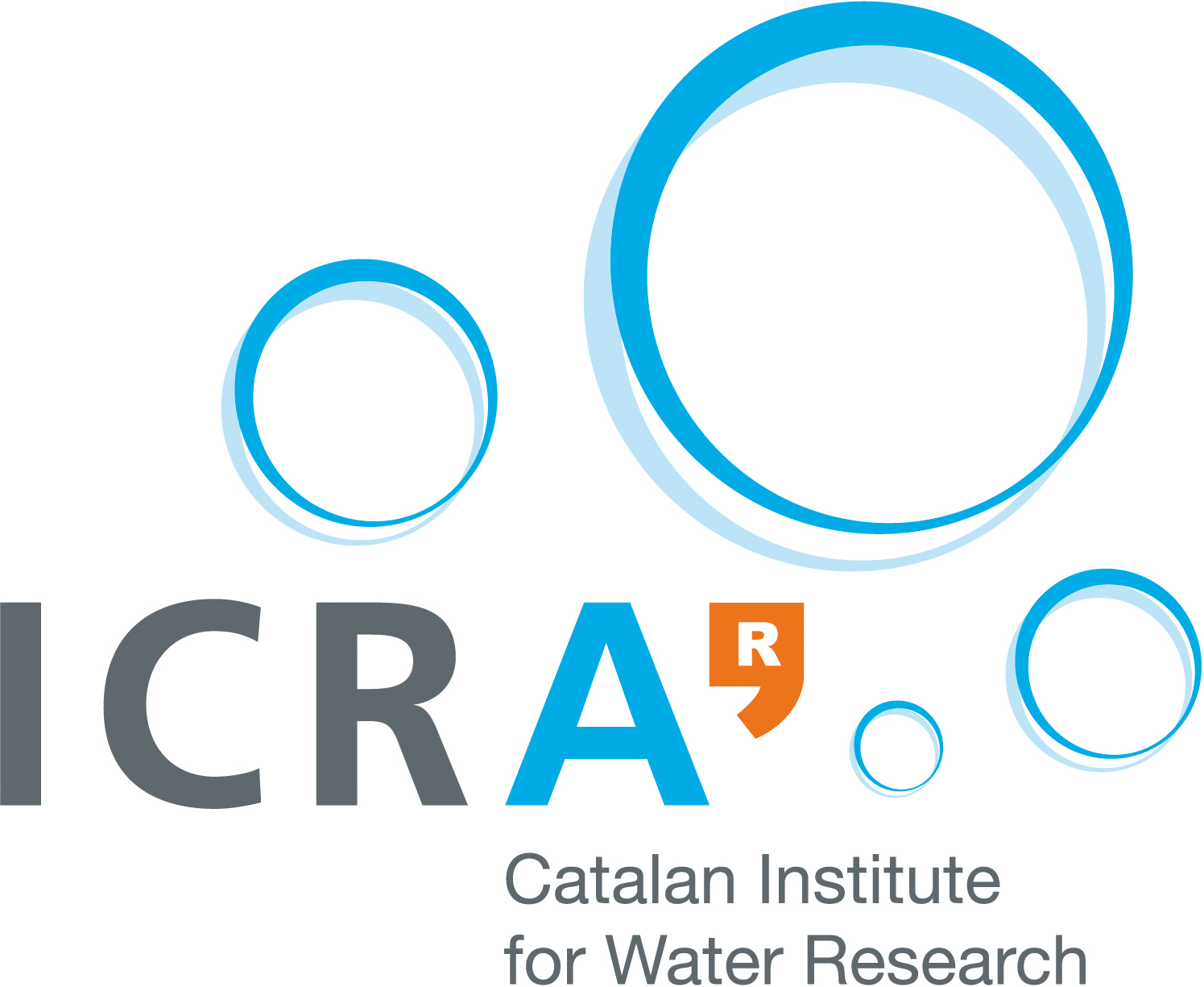Laboratory migration experiments: Impact of water transit times on the fate of EOCs
INSTITUTE
Helmholtz Zentrum München, Institute of Groundwater Ecology
Munich, Germany
http://www.helmholtz-muenchen.de/en/igoe
Funding agency: Federal Ministry of Education and Research
CONTACT PERSONS
- Dr. Christine Stumpp (IP), christine.stumpp@helmholtz-muenchen.de
- Dr. Aleksandra Kiecak (Postdoc researcher), aleksandra.kiecak@helmholtz-muenchen.de
AIMS
The specific goals of this work package are:
- Investigate the fate of emerging organic contaminants (EOCs) in laboratory column experiments under controlled conditions
- Identify the impact of different water flow velocities on sorption and degradation rates of EOCs
- Quantify sorption and degradation rates using mathematical modeling
- Upscale dependencies of transit times on the fate of EOCs to the regional scale explaining measured observations at field sites
Task 1: Use of tracer to evaluate transit time distributions
Stable isotopes of water are ideal tracers to study water flow in catchments and water compartments. The seasonal variation of the isotopic composition in precipitation can be further traced in the water cycle to get information about transit times and mixing processes. This stable isotope method is particularly suited to study short transit times and can be complemented by the radioactive isotope of the water molecule, tritium, where older water is expected. We will measure water isotopes at the two field sites and analyze the data using lumped parameter modelling to get information about water transit time distributions in the field. This information is crucial to understand potential flow paths and time scales of transport for contaminants at the field sites. It further will improve the calibration of the regional transport model.
Task 2: Laboratory migration experiment
The release of pharmaceuticals into the environment represents a great public health concern. Still, their transfer and fate are not yet well known in water bodies. Improving the understanding of observed Emerging Organic Contaminant (EOC) concentration patterns in heterogeneous and dynamic field studies requires the knowledge of crucial processes and parameters that are, however, difficult to determine at complex field sites. Therefore, laboratory experiments can help to identify sorption and biodegradation parameters. The task is to determine the sorption parameters and degradation rates of selected EOCs in controlled laboratory experiments. In particular, the impact of flow velocities on sorption and degradation rates of EOCs will be studied. For the experiments, different sediment types from selected field sites will be filled into columns. Conservative tracers and EOCs will be injected into the columns as a pulse and concentration curves will be measured at the columns’ outlet. From the tracer breakthrough curves information about sorption and degradation rates for the different sediments and EOCs will be determined and the impact of variable flow conditions assessed. The results will help to better understand the fate of EOCs under hydrodynamic conditions in heterogeneous sediments.



